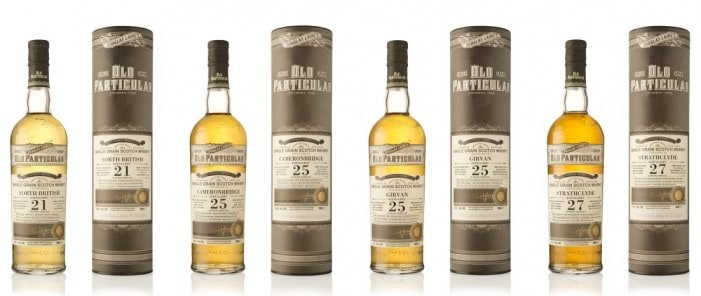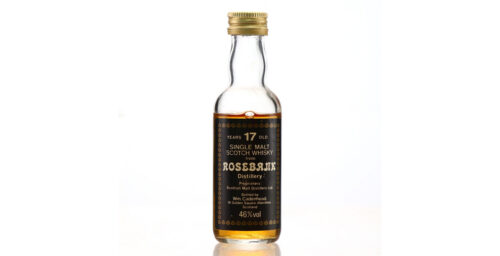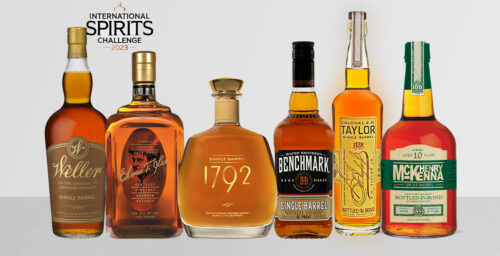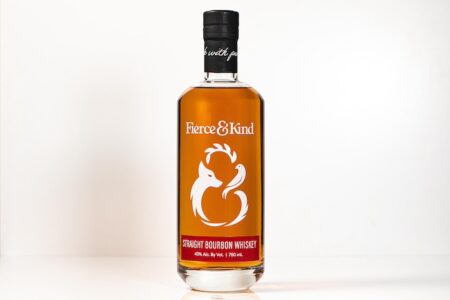Single malt might be Scotland’s most famous whisky export, but it’s not the only Scotch category worth exploring. Once relegated to the blending bin, single grains are staging a comeback. Before you start exploring, it’s worth learning the difference between single malt vs. single grain whisky.
Both words in “single malt” mean something very specific. Let’s start at the end: malt means that the whiskey is made entirely from malted grain. Practically speaking, it’s almost always malted barley, but there’s no reason you couldn’t make a single malt rye, at least in the United States (in Scotland, the rules are a bit different: single malt must be made from barley).
Single means that the whiskey is the product of a single distillery. It doesn’t mean that it’s the result of a single distillation run, or even a single barrel; in fact, most Scottish single malt distilleries use a very careful blending process to produce a consistent single malt product.

Single grain is kind of the long-lost cousin of single malt. The “single” in the name tells you it too the product of a single distillery, but unlike single malt, single grain doesn’t need to be made from barley, nor does the grain need to be malted. Instead, single grain whiskies are often made from wheat, corn, or a blend of the two.
These days, most single grains find their way into blends like Chivas Regal and Johnny Walker. However, you’ll occasionally find some single grain whiskies released on their own terms, like Bain’s Cape Mountain Single Grain from South Africa, The Girvan Patent Still Single Grain from Scotland, or Teeling Single Grain from Ireland.
Super-aged single grains are also sometimes made available by independent bottlers at surprisingly accessible price points. If you’ve ever wanted to own a 30, 40, or even 50-year-old bottle of Scotch whisky, really old single grains are often much less expensive than single malts of the same age, and some are truly outstanding.



